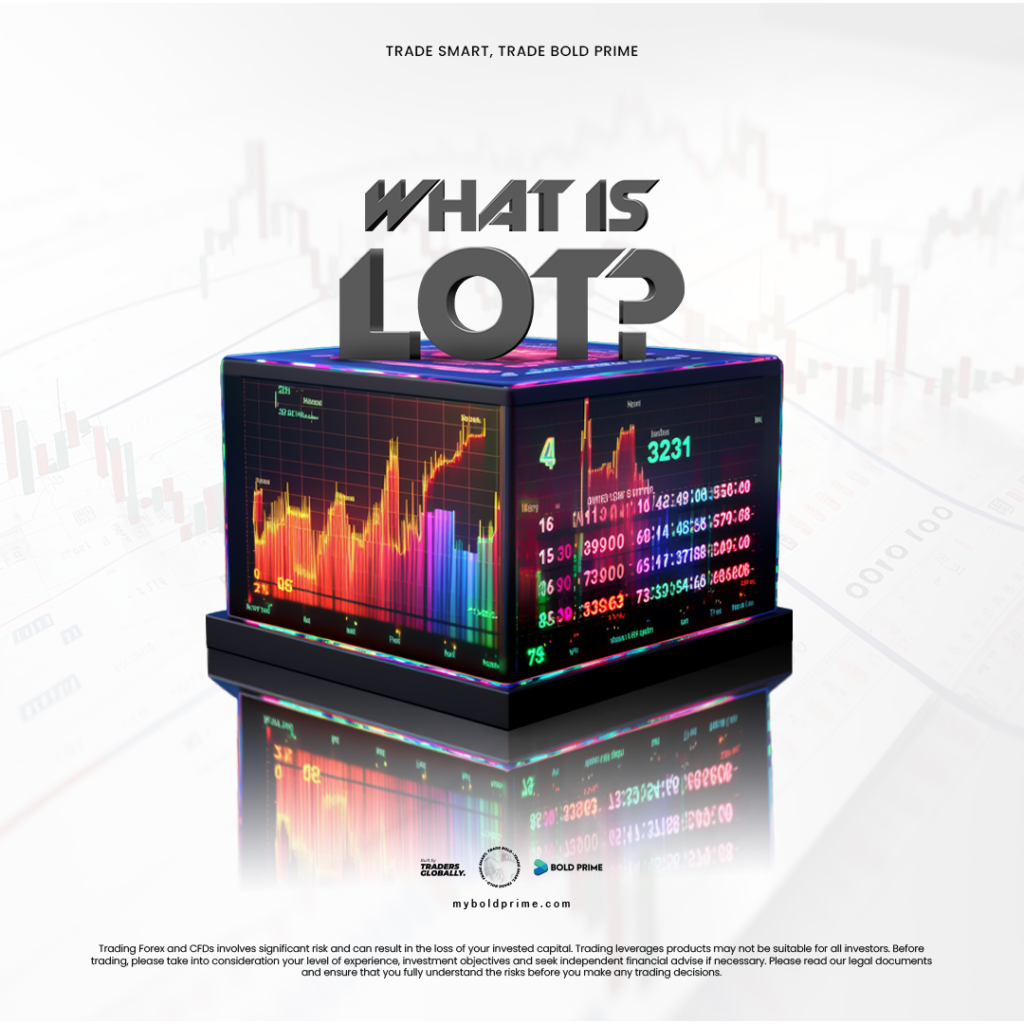Introduction:
In the dynamic world of trading, the term “lot” is frequently used, and for those new to the scene, it can be a bit perplexing. What exactly is a lot, and how does it factor into the intricate tapestry of buying and selling financial instruments? In this blog post, we’ll unravel the mystery behind the concept of a lot and shed light on its significance in the trading landscape.
Understanding the Basics:
At its core, a lot represents a standardized quantity of a financial instrument that is traded in the markets. The concept of a lot is prevalent in various asset classes, including stocks, forex, and commodities. It serves as a fundamental unit to measure and transact these instruments.
Types of Lots:
1) Standard Lot:
In the forex market, a standard lot is typically equivalent to 100,000 units of the base currency. For example, if you’re trading the EUR/USD currency pair, a standard lot would be 100,000 euros.
2) Mini Lot:
A mini lot is a fraction of the standard lot, representing 10,000 units of the base currency in the forex market. Traders often opt for mini lots, especially when starting, as they allow for smaller trade sizes and reduced risk exposure.
3) Micro Lot:
Even smaller than a mini lot, a micro lot represents 1,000 units of the base currency in the forex market. This provides traders with the flexibility to engage in micro-level transactions.
Significance of Lots in Trading:
1) Risk Management:
Lots play a crucial role in risk management. By defining the size of each lot, traders can control the amount of capital they expose to the market in each trade. This is a fundamental aspect of maintaining a balanced and sustainable trading strategy.
2) Position Sizing:
Determining the appropriate lot size is integral to effective position sizing. This involves aligning the size of the position with the trader’s risk tolerance and overall portfolio strategy.
3) Profit and Loss Calculation:
Lots are instrumental in calculating profits and losses. Changes in the price of the financial instrument, measured in pips, are multiplied by the lot size to determine the monetary impact of the trade.
Conclusion:
In the intricate realm of trading, understanding the concept of a lot is fundamental to making informed and strategic decisions. Whether you’re a seasoned trader or just starting, recognizing the significance of lots in risk management, position sizing, and profit/loss calculation is key to navigating the markets with confidence. As you delve into the world of trading, the concept of a lot will undoubtedly become a familiar and essential aspect of your trading toolkit.








































